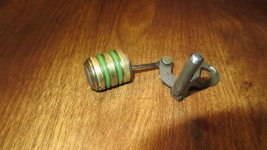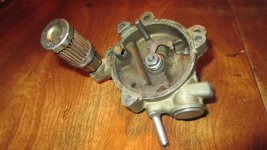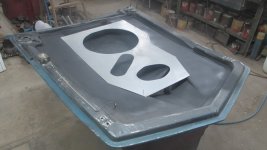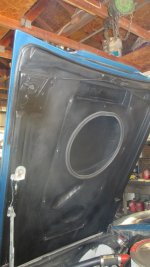toobroketoretire
Banned
Last summer I converted my L-88 style hood to ram air and immediately began fouling my spark plugs. But along with the spark plugs fouling it also was fast idling at every stop regardless of how far it had been driven. It turned out to be caused by the ram air as the incoming air was partially closing my choke butterfly which lifted the fast idle cam to it's first notch. As I live in an area where winter temperatures can drop into the low teens I wanted my choke to work but I also wanted it to QUIT working after my engine was warmed up. Hmm. I modified my #3310 Holley's choke housing so it is both spring and vacuum operated; the spring closing it and vacuum forcing it open once the engine was running. I started by installing two silicon A/C o-rings onto the choke pull-off piston and adding a 3/16" nipple to the bottom of the choke housing so vacuum could be applied to the bottom of the piston. Now the coil spring will close the choke butterfly but the moment the engine starts vacuum pulls the butterfly open and keeps it open.












